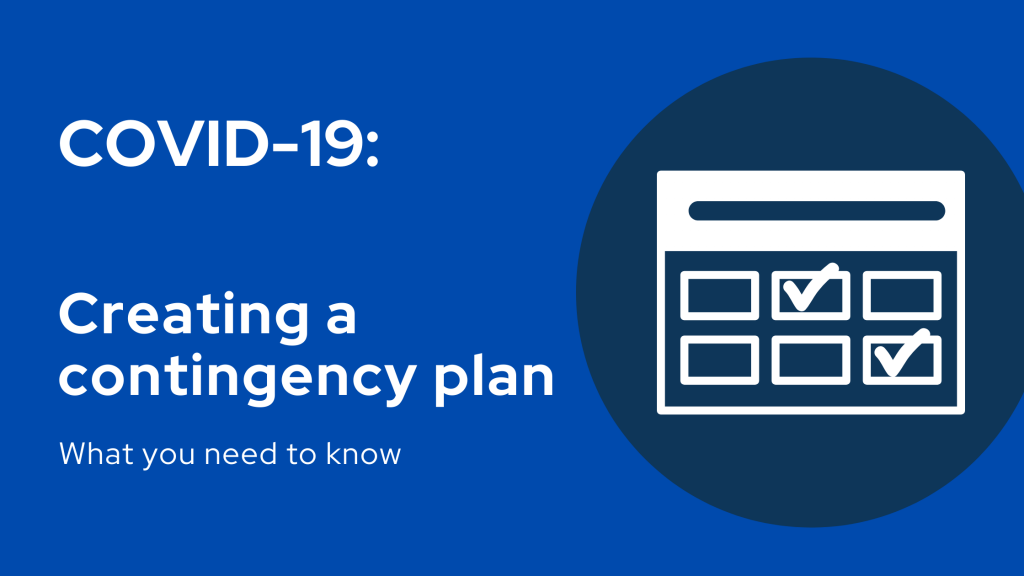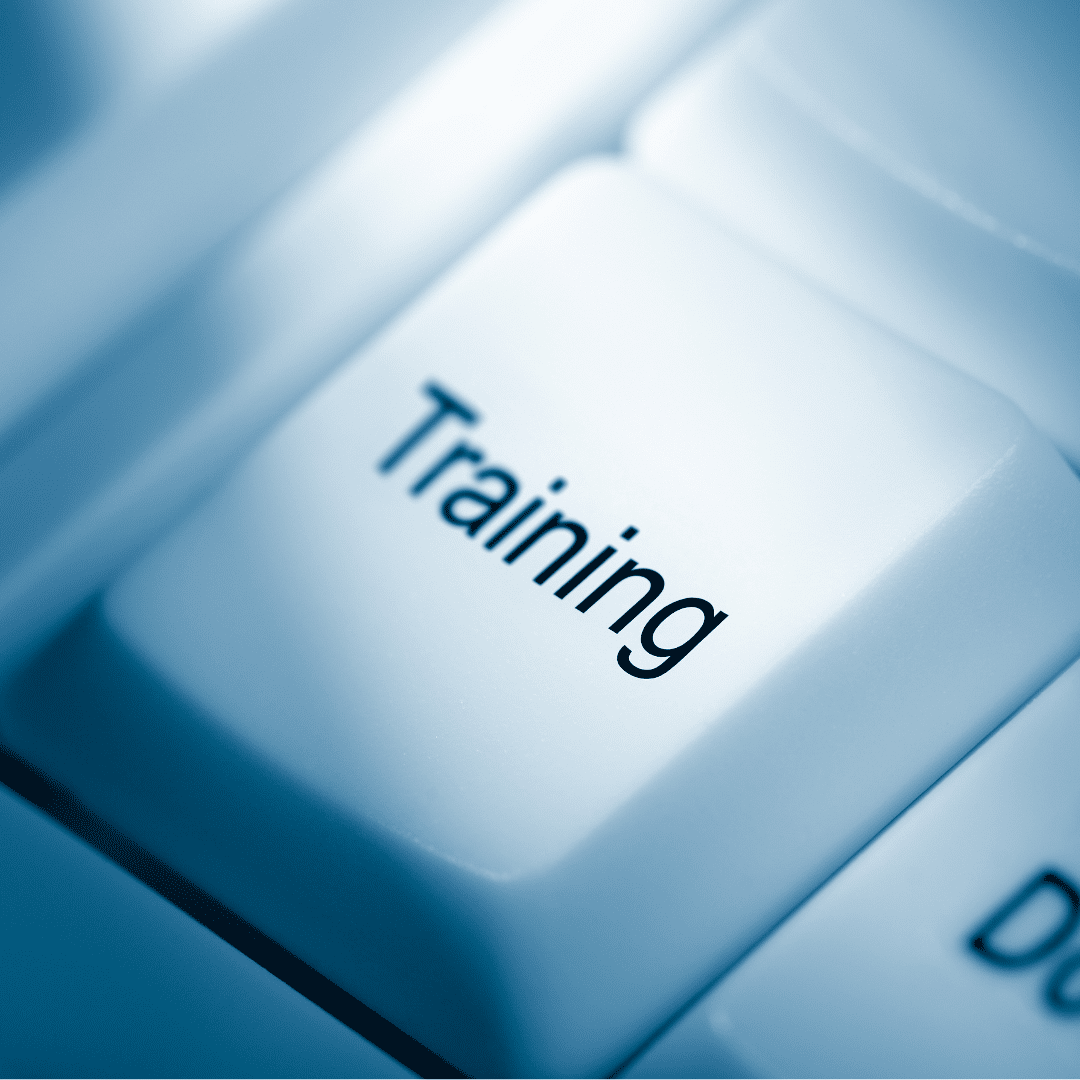What you need to know about COVID-19 (Coronavirus) as of 12 March 2020
The symptoms for COVID-19 include coughing, shortness of breath, and/or fever, but could also just be tiredness, feeling achy, sore throat. It looks like many people with COVID-19 experience a relatively mild infection, ranging from cold and flu-like symptoms to feeling like the actual flu. Mild to moderate infections are taking about two weeks to recover from. About 20% of people have been experiencing a much more serious infection requiring hospitalisation for several weeks. From the data so far the case fatality rate rises as you get older, and is higher in those with underlying health conditions.
On the 11th of March, COVID-19 was upgraded to a Pandemic by the World Health Organisation. At that time there were over 100,000 cases world-wide and over 4000 deaths. Schools have closed down in the worst hit countries. New Zealand has five confirmed cases but the worst-case scenario forecast by the ministry of health for NZ is that 40% of the population catch it over an 8 week period. This could mean 30% of staff being unwell and unable to work. It could mean hundreds of elderly at risk with health services unable to meet the demand.
Responsibilities
Workplace risks
Any infectious disease such as COVID-19 is classified as a workplace hazard and the Health and Safety at Work Act 2015 requires that employers take all practicable steps to mitigate risk and protect workers at all times from workplace hazards.
Business risks
A large proportion of workforce could be unwell at the same time which would result in a number of service failures. Your property management company may not have the personnel to provide all of your services. Suppliers and contractors may not be able to deliver their normal products and services.
What actions can you take to mitigate the risks?
- Download our Contingency Plan template and use it.
- Communicate the potential risk to your team
- Allow staff to work from home where possible
- Organise times for staff to get immunised
- Establish your minimum essential services and devise a list of what and how staff redirect their time if required
- Inform owners & tenants of a potentially longer than normal wait for addressing issues such as maintenance and repairs.
- Adjust BDM strategy to be more digitally or telesales focused instead of networking or meetings.
- Increase space between workstations
- Implement alternative social practices e.g. no shaking hands or kissing
- Avoid attending international conferences and unnecessary international travel at this time.
- Where possible, buy increased levels of workplace supplies e.g. paper, toilet paper, hand cleaner
Final words
Kia tūpato! Be careful about how you talk about COVID-19. Please read this very important resource on how to avoid stigmatising people with the disease. Get your news from a trustworthy source. The Ministry of Health’s website has a lot of good information.
Credit must go to Dr Siouxsie Wiles (@SiouxsieW) and Dr Reremoana Theodore (@MoanaTheodore) for pointing me in the right direction and providing valuable information.



